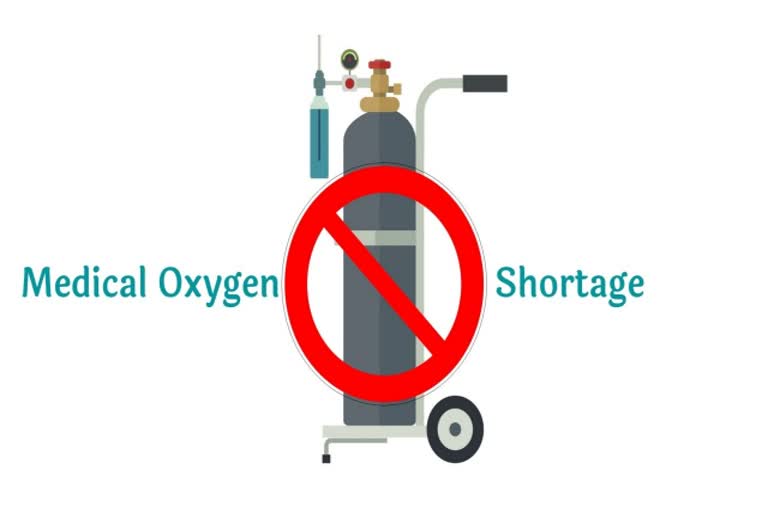With more and more COVID-19 patients requiring oxygen, there is chaos in the country regarding its shortage. People are unable to acquire oxygen cylinders or get them refilled. Even hospitals are running out of oxygen, leading to deaths. But do you know why it is required? Dropping oxygen saturation levels is the most worrisome symptom of COVID-19. When the SPO2 level starts dropping below 92%, a person may require medical oxygen to keep the blood oxygen levels in control. So, what is medical oxygen and what are the things associated with it, let us know more about it.
What Is Medical Oxygen?
The oxygen present in the atmosphere contains many other gases, dust, and moisture, which gets filtered by the lungs in a healthy person, and only oxygen is acquired by our body. But the lungs of a physically weak or ill person are not able to perform this function properly and natural oxygen does not reach them in the desired amount. In such a condition, medical oxygen may be required. Medical oxygen is considered pure upto 98% as it does not contain any impurities, gases, or moisture, as compared to natural oxygen. Medical oxygen has also been included in the list of essential medicines by the World Health Organization and is usually given on medical advice.
How Medical Oxygen Is Produced?
Oxygen pervades everywhere in our atmosphere. Our atmosphere is composed of 21% of oxygen, 78% of nitrogen and the remaining 1% comprises other gases like hydrogen, neon, gynone, helium, and carbon dioxide. At the same time, out of 1 million molecules present in water, there are 10 molecules of oxygen.
The process of preparing medical oxygen takes place in a plant (factory). The process starts with separating oxygen from other gases present in the atmosphere. In this technique of air separation, first, the air is compressed and then with the help of a filter, the impurities are removed. After this, the air is distilled, separating oxygen completely from the remaining gases. In this process, the oxygen present in the air is converted into liquid, which is easily stored in large tankers. These tankers are delivered to the distributors, keeping them at a particular temperature. After this, liquid oxygen is again converted into gas, at the level of the distributor and is filled into the cylinders.
Other ways of preparing medical oxygen, in which Vacuum Swing Adsorption (VSA) process and Electrolysis are quite popular. In the process of electrolysis, oxygen is separated from the water. Here, the current is passed through water (H2O), which breaks it into hydrogen and oxygen. As soon as the gases are separated, they are absorbed through the machines. During this, along with oxygen, hydrogen is produced as well.
Also read:Rising Demand Of Oximeter During COVID-19 Pandemic And Its Importance
Increasing Problems Due To Medical Oxygen Shortage
According to the data, in the last month of April, amidst the critical situation caused by the new strain of COVID-19, the need for medical oxygen in the country increased to about 4,795 metric tons. Due to the sudden increase in demand, India has and is still facing many challenges in providing medical oxygen to people across the country. To overcome this problem, the maximum amount of oxygen is being manufactured. Apart from this, some new plants have also been set up at the government and non-government levels, to increase the supply of medical oxygen. Also, in order to meet the rising demand, plants that were previously shut down are being revived.
Doctors and experts believe that with all the efforts being made, the problem of unavailability of medical oxygen will soon be dealt with. Other countries are helping India too, to resolve this problem. With this, soon, people will be able to get rid of black marketing of medical oxygen, i.e. oxygen cylinders being sold and refilled at extremely high prices.
